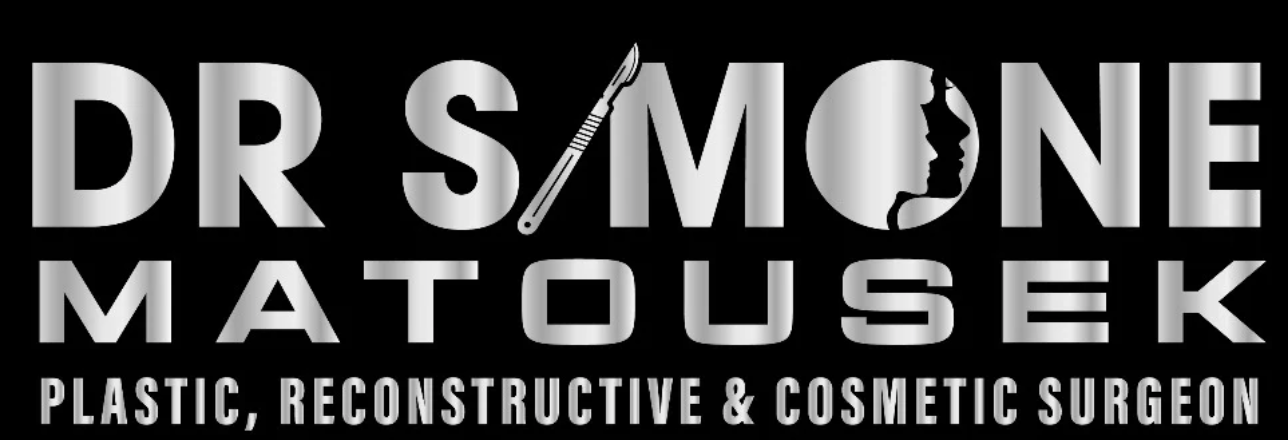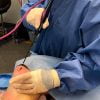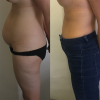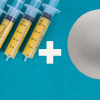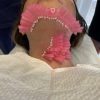Tuberous breast fat grafting in Sydney
Fat grafting is an excellent reconstructive tool for correcting tuberous breast or constricted breast. Although rare in the general population, is seen in a significant proportion of patients presenting for breast augmentation. Many patients do not realise they have this condition, which has prevented normal development of the breast gland. It is also seen relatively commonly in patients presenting with asymmetric breasts.
Dr Simone explains in this blog about what the condition is, how it impacts breast augmentation surgery, and how breast fat grafting can be useful in this condition.
What is tuberous and constricted breast?
Tuberous breast and constricted breast are congenital abnormalities which are thought to result from malformations of the breast superficial fascia.
Tuberous or tubular breast has many variations; its name derives from the fact that glandular tissue is deficient mainly in the lower part of the breast leading to an elongated thin breast.
Most commonly, the lower half of the breast below the nipple in one or both quadrants does not fully form and appears constricted by tight overlying skin. In severe cases, all four quadrants of the breast can be affected. This is due to a congenital constriction ring that prevents the breast tissue growing and expanding normally during puberty.
The breast crease (or inframammary fold) can be high and very fixed in its position.
The nipple-areola complex may also be stretched and large. The tissue around the areola are often weak, and in some cases nipple-areola complex herniation occurs where this protrudes out and can overhang.
The breasts can be extremely tight and constricted or ptotic (where the breast tissue sags).
Asymmetry is common with this problem and can be mild to severe.
In its mildest form, the breast be only slightly constricted in the lower pole.
What needs to be corrected in a tuberous breast?
- Expansion of the constricted part of the breast (usually the lower half but sometimes the entire breast) and correcting lack of volume
This can be achieved with:
-open surgical release and breast implants if moderate (plus a small fat graft to maintain constriction correction)
-fat graft alone (needs more than one session if very severe constriction) and needle releasing
-tissue expander prior to exchange for an implant if lower pole constriction is extreme (and patient does not wish for serial fat grafts)
- Nipple areola complex size and herniation
-this may be asymmetrical, large or herniated and can be corrected with a scar around the nipple areola complex
- Ptosis of breast tissue
Sometimes one or both nipples sit abnormally low and the breast tissue has sagged and needs to be lifted, either via a combination of a scar around the nipple and implants or a more extensive lift with a vertical scar (from the nipple to the breast crease as well as around the nipple)
Why is breast fat grafting especially useful for tuberous breasts?
Many patients with tuberous breasts may have one side that is significantly smaller, and one breast that they wish to remain unaltered.
In suitable patients all the correction may be done with fat alone.
Dr Simone uses a special technique to release the constriction ring and prevent it returning with precisely placed fat grafting.
With breast implants alone, the constriction ring can spring back like an elastic band if fat graft is not added to correct the area, especially in cases where the constriction is severe. Interposing fat can prevent the constriction ring forming again.
Fat grafting also corrects asymmetry exactly in the areas that require it, something a fixed shape implant is not able to do as well.
How exactly if breast fat transfer added to enhance a tuberous breast correction?
Fat graft can be used in a number of ways with a tuberous or constricted breast:
-to correct asymmetry and the constricted area with fat only and needle release (with minimal very small barely perceptible scars)
-to correct asymmetry and maintain correction of the constricted area in combination with breast implants for volume; implants can be placed through the areola and the areola complex can be reduced if indicated
-to maintain correction of the constriction and prevent its recurrence in combination with breast implants in cases of symmetrical tuberous breast (in this case fat is only placed in the constricted areas) and combined with an areola reduction if indicated.
Can part of my tuberous breast surgery be covered by Medicare or my health fund?
Medicare item numbers do exist for tuberous breast corrections. This includes lifting or the breast tissue, matching asymmetry with breast implants or fat grafting or a combination and, and reduction of the areola.
Medicare covers up to four sessions of fat grafting for tuberous breast correction.
What is the best option for tuberous breast correction?
As the tuberous breast varies greatly, a tailored treatment plan is made to best correct a patient’s particular problems.
This takes into account age of the patient, severity of the problem, fat stores, weight stability, planned pregnancies, number of procedures a patient is willing to have. As well, if they want correction of one or both breasts and what they actually would like corrected. Is it purely lack of volume that is the main concern or asymmetry? Is it size and shape of the nipple areolar complex?
Fat transfer can require more than one procedure to achieve desired volumes if used alone. Implants tend to need replacements over the course of a patient’s lifetime on several occasions, and lifting procedures may also need to be redone intermittently.
The degree of correction a patient would like is entirely personal and varies between individuals.
Tuberous breast often presents when patients are still growing and if severe can impact self-esteem. There is some evidence early release of the constriction ring can allow the breast to expand, and in some cases and improve results.
How many procedures will I need to correct my tuberous breasts?
Tuberous breast in its more severe cases can be a complex and difficult problem to treat.
Asymmetry in this condition, especially when one breast is constricted, and one breast is looser or ptotic, tends to not remain corrected with one procedure in a patient’s lifetime.
Two significantly asymmetric breasts with different tissue will change and age differently over the years. Perfect symmetry is not possible, however an excellent volume match is, and will require revisions depending on weight changes, pregnancies and how an individual patient ages.
Once implants are placed, they need to be exchanged around every 10 years. In some tuberous breast cases one or both sides can be ptotic where the tissue is loose and has a tendency to sag. In these cases, multiple lifts may be needed over the course of a patient’s lifetime as they grow and change their weight so the remaining breast tissue sits in the correct position over the implant. As the tissues around the areola are weak, the tissue can stretch despite correction and reduction.
In a growth phase until weight and breast growth has stabilised, fat grafting may be a good solution, particularly for asymmetry correction before procedures which create more significant scarring like lifting or implants are undertaken.
Using an implant only on one side for asymmetry correction, although possible in some cases, is not often the best option as the implant typically sits higher than the natural breast tissue. Therefore in most cases where a patient opts for asymmetry correction with an implant, to give a symmetrical appearance, implants are placed in both sides (as the implanted side will always look more lifted than the other).
Dr Simone has done extensive PhD research into the inframamamary fold and breast tissues and how they are impacted by the tuberous breast deformity. She will give you all the options at the time of your consultation and make the best decision with you for how to address correction.
More examples of patients with this are seen on the fat grafting page and also more information specific to fat grafting.
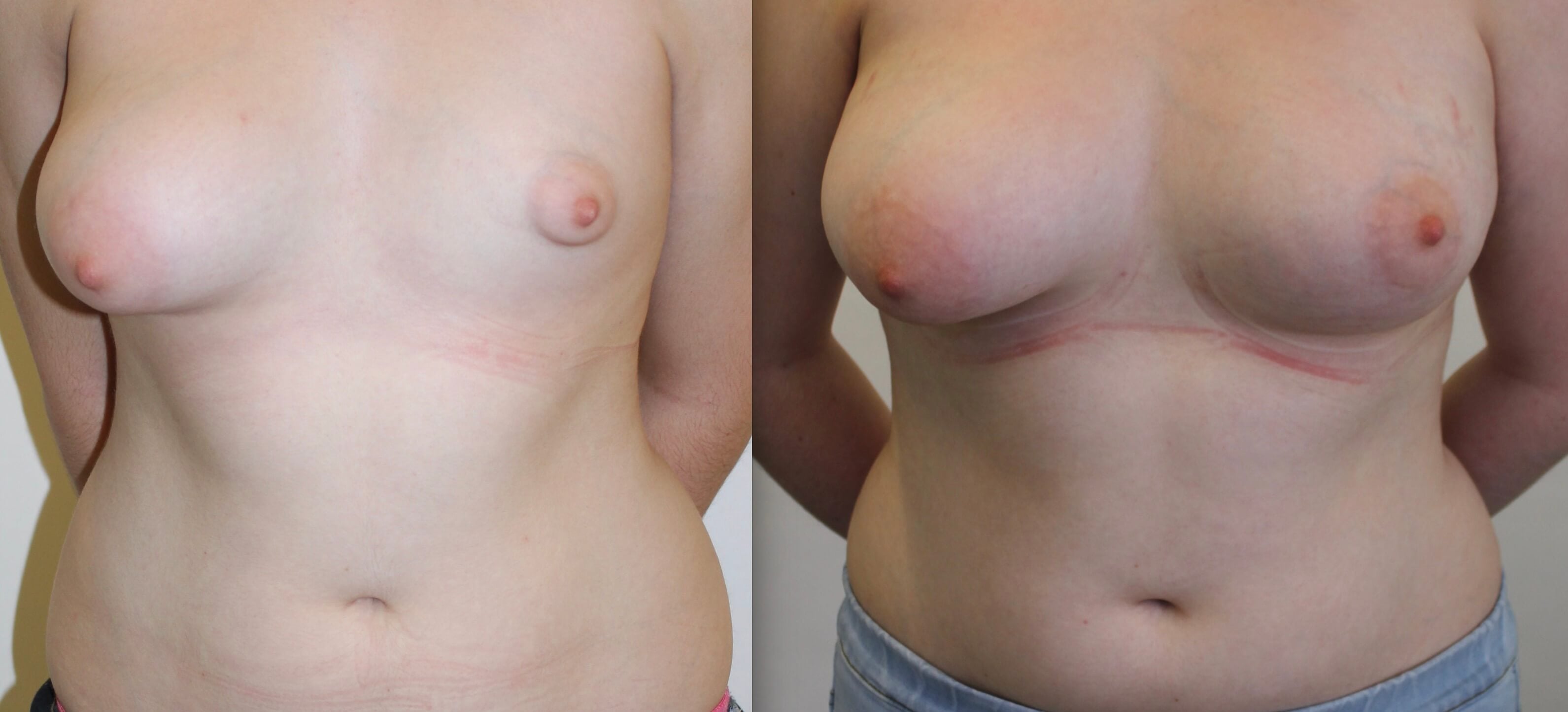
Example of before and afters of an 18 year old patient after 2 fat grafts to the left breast to correct asymmetry only. Photographs over one year after second fat graft. This demonstrates early correction potentially allows some breast growth when the constriction ring is released.
Disclaimer: All plastic surgery or invasive procedures carry risks.
Please visit the relevant sections of the website for more information about this particular procedure.
The content on this page is general in nature and does not constitute medical advice.
Before proceeding with any surgery, you should seek a consultation with an appropriately qualified health practitioner.
